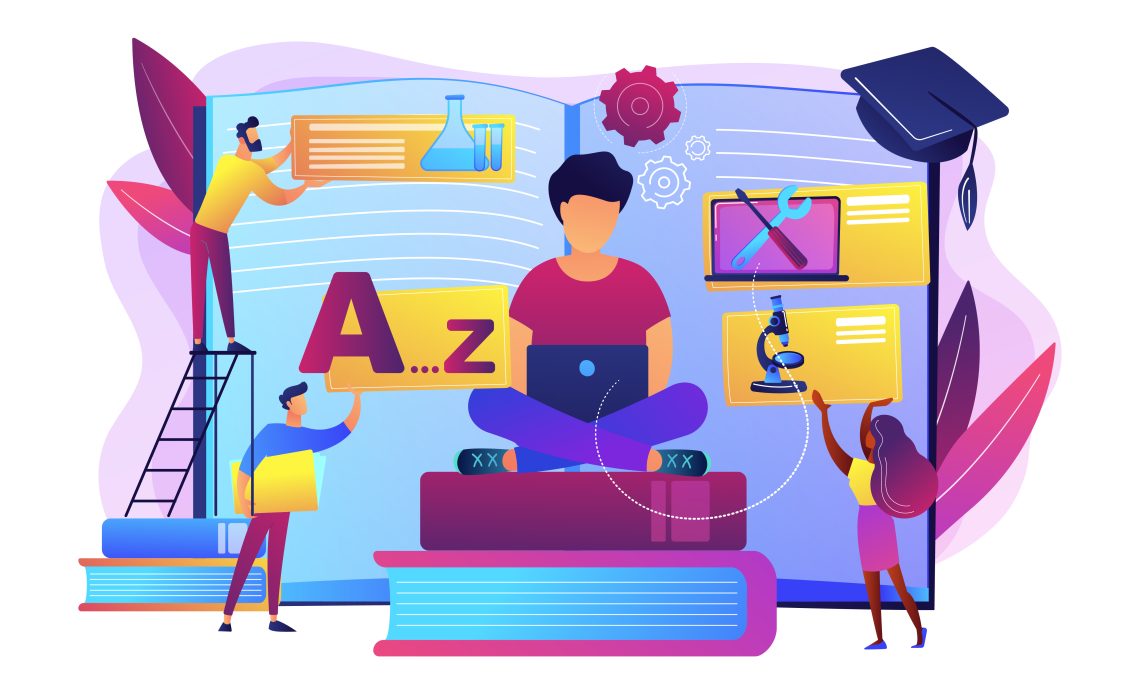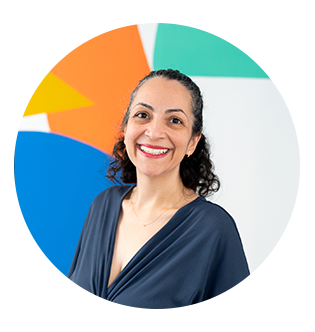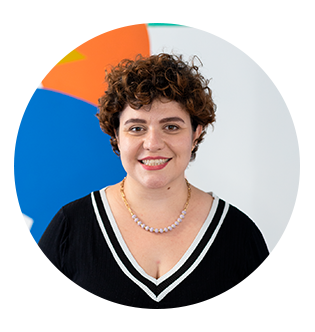
In the evolving landscape of Brazilian Basic Education, bilingual curricula have emerged as powerful tools to integrate language, knowledge, and culture. Far from being limited to language acquisition, these programs aim to promote deep learning through the intersection of academic content and multilingual communication. Yet, this endeavor brings to light the multiple dimensions of curriculum that shape the educational journey of students: the prescribed, the real, and the hidden curricula (Sacristán, 2000).
The prescribed curriculum, anchored in national policies such as the Base Nacional Comum Curricular (BNCC, 2018) and the National Guidelines for Plurilingual Education (Parecer CNE/CEB No. 02/2020), defines clear learning goals. These include not only academic knowledge but also intercultural competence, critical thinking, and the ability to communicate in more than one language. Within bilingual education, these goals are pursued by teaching subjects like Science, Math, or Geography through an additional language such as English or Spanish. This model, inspired by the Content and Language Integrated Learning (CLIL) approach (Coyle, Hood & Marsh, 2010), reflects a commitment to simultaneous development of both linguistic and disciplinary proficiency. Prescribed curricula often emphasize the role of language as a vehicle for building content knowledge and expanding learners’ worldviews. For instance, learning about environmental issues through English not only helps students master vocabulary related to sustainability; it also exposes them to global perspectives. However, this vision only materializes when translated into actual teaching practices. Schools must create space for professional dialogue around curriculum interpretation to ensure alignment between policy intentions and pedagogical execution.
In contrast, the real curriculum refers to what is effectively taught and experienced in the classroom. It is shaped by how teachers interpret official documents, adapt materials, and respond to student engagement. Factors such as time, resources, class size, and teacher training influence this layer. Effective bilingual education requires scaffolding (Cummins, 1979), multimodal resources, and authentic language use to support learning across diverse proficiency levels. Interdisciplinary planning is also vital. Collaboration between subject teachers and language specialists can align vocabulary and structures introduced in language classes with core content, making learning more coherent. Still, such collaboration is often absent from institutional routines, leaving teachers to build connections individually and adapt their plans based on student needs, balancing curricular expectations with practical realities. In this sense, pedagogical autonomy becomes both a strength and a challenge: while it allows educators to respond flexibly to student needs, it may also lead to fragmented implementation if not supported by coherent institutional strategies and shared planning time.
Beyond these explicit layers lies the hidden curriculum. As Sacristán (2000) notes, it consists of the implicit messages conveyed through school culture, peer interaction, and institutional norms. This layer plays a powerful role in shaping students’ understanding of linguistic legitimacy, cultural belonging, and social status. In bilingual settings, for instance, it includes attitudes about linguistic prestige and identity. The preference for certain languages or accents can signal which identities are valued. Choosing to ignore—or to acknowledge—students’ home languages and cultures also sends a powerful message. Teachers and administrators must be critically aware of these dynamics, as they influence how inclusive and transformative the learning environment can truly be. García (2009) emphasizes that bilingual education should affirm linguistic and cultural diversity, not reinforce hegemonic norms. Incorporating culturally responsive pedagogy and encouraging multilingual expression are key strategies for ensuring inclusivity. Addressing the hidden curriculum requires institutional commitment to equity, which includes not only training but also diverse hiring practices, inclusive language policies, and open conversations about power and representation in the classroom.
Professional development plays a central role and must go beyond methodology to include reflections on equity and the social impact of bilingual practices. As Cummins (1979) argued, language policies in schools can empower or disable learners depending on their implementation. Teacher training must not only include language and content instruction strategies but also discussions around equity, diversity, and the socio-political dimensions of bilingualism. Schools should encourage reflective practices, peer observation, and curriculum adaptation that respond to both the prescribed frameworks and the lived realities of students. Ongoing mentorship, collaborative lesson planning, and school-wide inquiry cycles can serve as sustainable strategies for professional learning, fostering a culture of innovation grounded in shared values.
Choosing materials that are culturally relevant and accessible is a crucial step toward ensuring that bilingual education is meaningful and inclusive. Instead of relying solely on traditional textbooks, educators can explore a range of engaging resources that reflect students’ realities and promote deeper connections to the content. Digital platforms offer interactive experiences—such as educational games, simulations, and context-based videos—that can support both content comprehension and language development. Bilingual storybooks and local case studies bring real-world perspectives into the classroom, fostering not only academic learning but also cultural awareness and critical thinking. Interactive maps, visual timelines, and infographics allow students to visualize complex concepts while using target language vocabulary in practical contexts. Incorporating student-centered projects, like multimedia presentations, interviews with community members, or collaborative research, empowers learners to take ownership of their ents for meaningful partiprocess and apply knowledge in meaningful ways. The thoughtful integration of these multimodal tools helps bridge the gap between prescribed curriculum and lived experience, supporting both language acquisition and the development of personal and social identity. When resources reflect students’ lives, languages, and communities, they become more than instructional tools—they become pathways to belonging, agency, and relevance in bilingual education.
Parental and community engagement further strengthen bilingual initiatives by creating a consistent, supportive environment across different learning contexts. When families are informed, included, and empowered to participate, students benefit from a more coherent educational experience. Schools can promote this connection through regular bilingual newsletters, family workshops, open classes, and cultural events that celebrate linguistic diversity. Inviting parents to participate in storytelling sessions, language cafés, or project presentations helps them better understand the goals of bilingual education and builds their confidence in supporting their children’s learning. Collaborative initiatives—such as bilingual homework challenges, community interviews, or family heritage projects—encourage dialogue at home and deepen students’ awareness of their own cultural backgrounds. Even simple strategies, like sending vocabulary lists with suggestions for home practice or offering multilingual communication channels, can go a long way to making families feel seen and valued. Engaging community members, such as local artists, scientists, or business owners who speak the additional language, also brings authentic language use into the classroom and builds meaningful bridges between school and the outside world. A truly community-centered approach affirms the idea that learning extends beyond the classroom and that language development is a social, cultural, and relational process.
Finally, understanding the curriculum as a dynamic and multi-layered construct allows us to rethink educational success. It is not enough to meet language benchmarks or cover disciplinary content. True achievement in bilingual education lies in nurturing students who are not only linguistically proficient, but also critically aware, culturally engaged, and prepared to navigate diverse social contexts. By addressing the prescribed, real, and hidden layers of curriculum with intention and care, we move toward a more transformative and equitable bilingual education that respects diversity, fosters inclusion, and prepares students for meaningful participation in a global society.
THE AUTHORS:

THAIS ALENCAR is graduated in Language Arts with a postgraduate degree in English Teaching from UFMG. She is specialist in Bi/Multilingual Education from Instituto Singularidades, and is pursuing a postgraduate degree in Language and Technology at UFMG. Cambridge-certified (CPE, TKT, CELTA) with over two decades of experience as an educator and teacher trainer, she currently works in innovation and educational material development as an editor.

RAFAELLA RAPINI holds a Bachelor’s Degree in Languages/Teaching from UFMG, a Bachelor’s Degree in Pedagogy from Uninter, and is a specialist in Bi/Multilingual Education from Instituto Singularidades. Postgraduate student in Andragogy. Educator with 20 years of experience in teaching, coordination, and pedagogical consulting in language schools and basic education schools. Certified teacher trainer. Holds Cambridge certifications: CAE, CPE, TKT Full and TKT CLIL.

